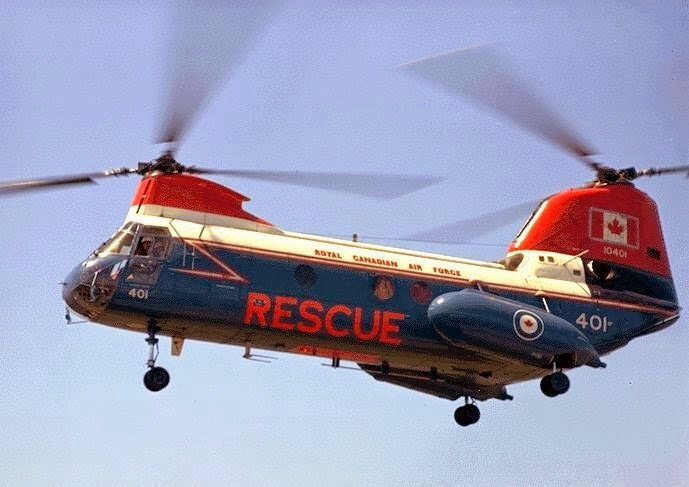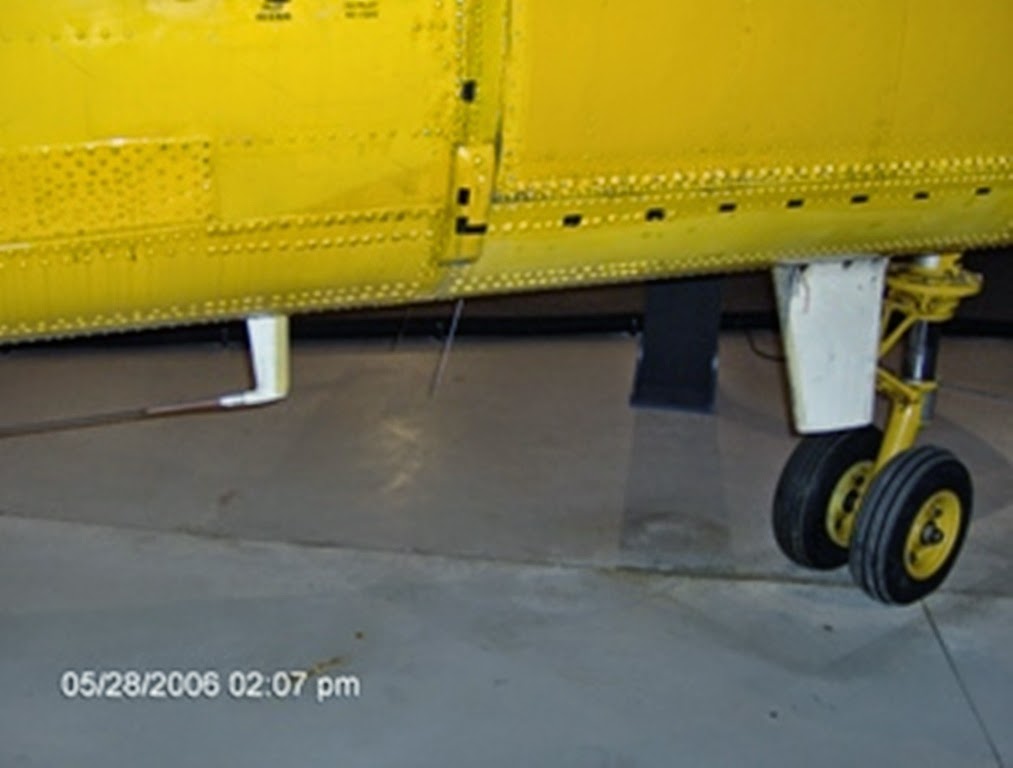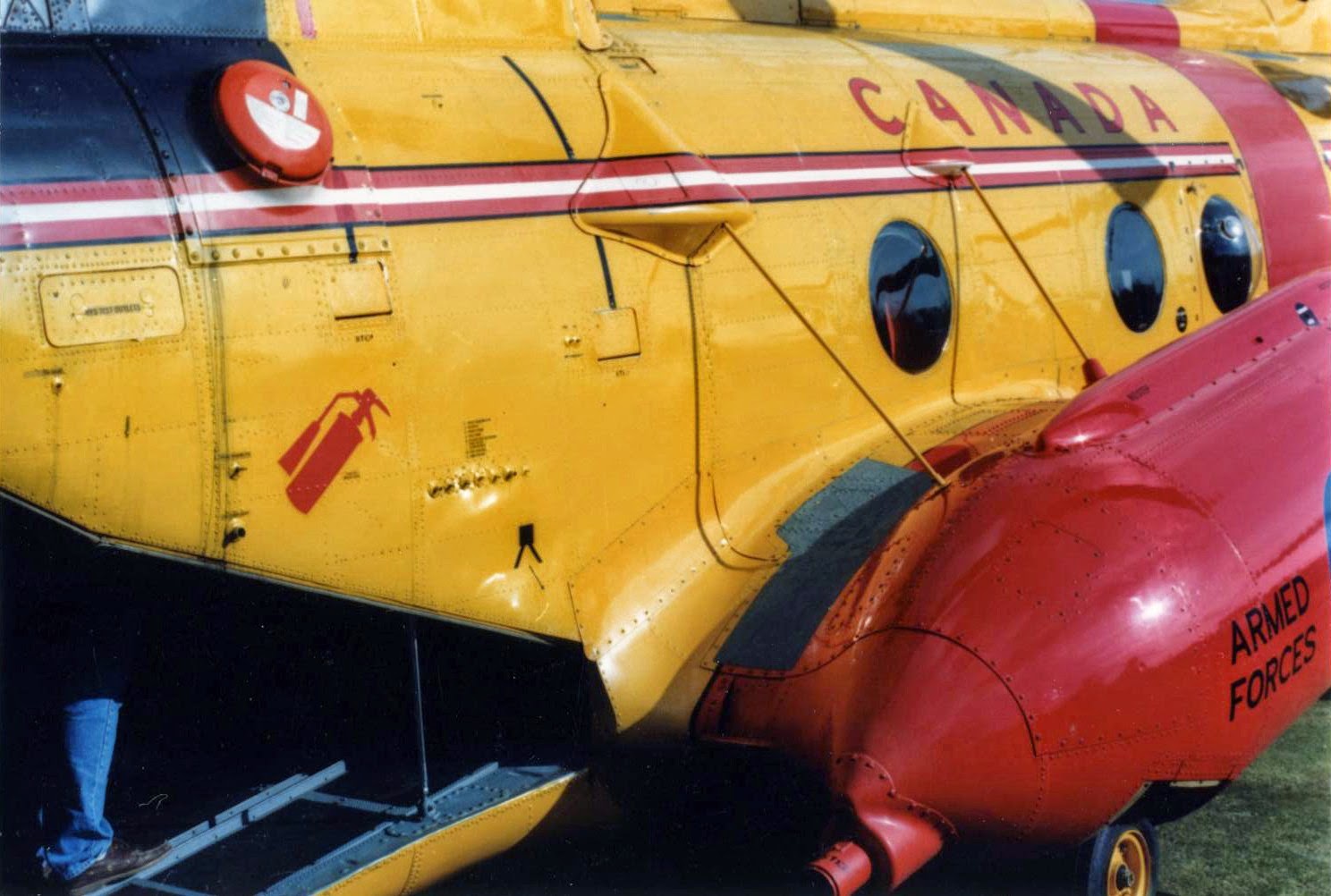Some More Small Details
This is the last of the originally planned posts before we move into a new, but perhaps by now a somewhat less obscure and maybe even a familiar direction. I have vacillated somewhat...having stated previously that the next set of blogs will move into discussion and pictures of individual air frames from purchase to retirement, but here in lies my hesitation. I had originally planned to venture into the area of kits, but felt that I did not have the knowledge of the various kits available to be of much use to modelers. Well I have decided to pass along what I do know about the kits that are available even though it may be a somewhat truncated offering. What I do know will, I think, be of use to some modelers, but ... are there enough modelers out there that are looking for some the info to make the effort now ... or later ... or even at all? My second thought is that the information I have to offer with respect to kits is limited so will not result in more than a few posts, so if I were to add kits to the blog, do I do those blogs now because there are only a few, or should they wait until the end. Comments are welcome, but with the blog at hand to be completed, I have some time to think about it and reassess how and when to proceed with what.
When I started writing the last post, I had intended to write about Labrador and Voyageur emergency handles, which were black and yellow from
the very beginning and door seals but realized part way into the blog that even this small detail was worth spending more time on ... so I left the door and window seals until today.
At some point, each Labrador or Voyageur sported gray door or emergency exit seals, but for the most part
door and emergency exit seals were the same colour as the fuselage for red, white and blue Labradors and all aircraft whether Labrador or Voyageur once the fleet was painted yellow. As is often
the case however, there are exceptions to the rule and in the case of the seal
colour, there are likely pictures of each airframe with gray
seals regardless of variant, as I have said, once the fleet was painted yellow. As I looked over the pictures, the scarcity of any red, white and blue Labradors or any yellow helicopter with gray seals suggests that the gray seals were for whatever reason, only a temporary
occurrence, probably resulting from some event that resulted in unscheduled
maintenance? Interestingly I could find
but one picture of a Labrador, 301, with window seals on emergency exits that
were gray, however it is my considered opinion that any build could include any number of gray seals as long as they were not all gray while in Air Force inventory. The Army, however seems to use the gray to contrast the green as a rule to identify the exits for emergency use?
 |
| 401 With grey window seal, but blue emergency exit seal. |
 |
| 401 In squadron service with blue window and emergency exit seal. |
.JPG) |
| 403 With a single gray window seal on the middle window only. |
 |
| 403 With grey window seals on both right side windows and what appears to be the Boeing Vertol American registration. |
 |
| A Voyageur - post retirement with a gray seal. |
 |
| A 442 Squadron Voyageur with the normal yellow painted seal. |
 |
| A SAR Voyageur with gray seals at both blistered windows. |
 |
| 318 In Army livery with gray seals on both windows suggesting all emergency window exits may have been gray? |
 |
| 407 With left side gray seals suggesting that the gray seals were the norm. The left side emergency door seal is also gray. |
 |
| 413 In overall green with gray seals. When painted in the two colour variegated livery, the seals were fuselage colours. |
!
Door - stop blocks
While stationed in Gander in the 1980s, one
of my compatriots was unceremoniously dropped to the deck of a Coast Guard ship
while conducting a training hoist. Thankfully, he was not seriously injured,
but the possibility of injury was not ignored. The fall was a result of a hoist cable
that was severed and broke, for reasons that remain unclear. It was following that incident that
I first recall hearing about a possible solution for preventing the likelihood
of cables becoming entangled in the door hinge and as in this case, cutting the
cable. This was of particular concern during boat hoists since the pilots in
many of the cases lacked a stable platform to provide hover reference…meaning
the helicopter and vessel were out of sync creating a dangerous situation for
all, especially those on the hook which frequently included patients or
survivors. To prevent the cable from being snagged and possibly breaking during
these situations, stop blocks were fitted to the fuselage ahead and behind the
front door hinge. This modification occurred sometimes during the SARCUP
modification program.
 |
| Derek Heyes took this picture of the lower dutch door that reveals the stop blocks ... painted yellow here, but white in colour at other times. |
+-+Jeff+W+-+Approved.jpg) |
| Jeff Wilson supplied the above picture of 301 showing the aft stop block at the bottom of the lower dutch door. |
 |
| Photo Patrick Martin - Voyageur 312 with stop blocks. |
 |
| Photo Scott Hemsley |
While there is no shortages of pictures showing the stop blocks, the blocks were on SARCUP helicopters only. The next photo shows how the Japanese solved the problem.
 |
| Note the stop blocks at the front of the door, the lower part of the one piece door and the fact that the door slides back. |
!
Tanks
Between 1990 and 1997 it would appear
Voyageurs 315 and 316, flying out of Trenton, for a period of time had fuel
tanks painted a “candy apple” red rather than the standard red. The reason for the more decorative paint is
unknown. There is likewise no
indication as to whether the tanks were painted the flashy colour once or more
than once.
!
103 Rescue Squadron Crest
While I have not taken a lot of space to
discuss crests and logos other than Unit badges that were displayed on Labs and
Voyageurs, one additional logo should be mentioned. On the 1st of March 1997, 103 Rescue Squadron
celebrated 50 years of SAR service.
Unlike its’ 400 numbered squadron cousins, 103’s only role has been
search and rescue. To recognize the
occasion, (SARCUP) Labradors 301 and 304 were adorned with the commemorative logo.
!
Fire Extinguisher Symbol
The use of a symbol to identify the
location of crash axes and fire extinguishers is common on a lot of aircraft,
so it is somewhat interesting to note that the use of either symbol was slow to
take hold on the Labrador. Voyageurs
had the fire extinguisher symbol almost from the start, but it remains unclear
whether either aircraft displayed the crash axe symbol even though they carried
the extrication devices.
Fire extinguisher symbols are used in three
general locations on the right rear part of the fuselage. There is some
variation on location, but not a great deal.
On the left side of the aircraft, the use of fire extinguisher symbol is
used in either one or two locations and interestingly on the left side; the
symbols often were displayed in two different sizes.
During the early service life of both
variants, the colour of the fire extinguisher symbol was yellow, however as the
aircraft were painted yellow, the colour of the symbol was changed to red and
by the FIP era the colour changed to black. On at least one aircraft, one
symbol was red one black.
The various locations, sizes and colours
are depicted in the pictures below.
When looking at the fire extinguisher symbol note that the red
extinguisher of the CANADA era while the same in location may differ in the
placement of the black symbol on aircraft painted with FIP symbols. In general,
the colour of NATO aircraft servicing symbols do not necessarily correspond
with the colour of the fire extinguisher symbols.
 |
| Unidentified Labrador |
 |
| Unidentified Voyageur - note "CANADA" title. |
 |
| Note red extinguisher on Labrador 301 as it sits in retirement. Photo - Jeff Wilson |
 |
| Voyageur 307 in FIP livery - note black extinguish.er |
 |
| Voyageur 313 in variegated livery, with no apparent fire extinguisher marking, however it may be that the extinguisher symbol is black and placed on the dark green, making it difficult to see? Other emergency symbols are yellow so it is doubtful that there is any extinguisher symbol? |
 |
| Note the difference in the orientation of this red extinguisher compared to the previous photo of a red extinguisher, they are reversed. |
 |
| Note there does not seem to be any NATO standard servicing markings on early Labradors. |
 |
| Note placement of red fire extinguisher aft of the pilot's emergency exit in a preSARCUP Labrador. |
BQ51Qet32Q~~60_12.jpg) |
| No apparent emergency markings. |
+1974-Namao-450+West.jpg) |
| The photo above shows a Voyageur in Army green with a yellow extinguisher above the left side emergency exit and black CANADA title. |
 |
| Voyageur 310 in Army green, early RESCUE markings and a yellow extinguisher placed on the fuselage in a reversed position compared with the previous preSAR photo. |
.jpg) |
| Yellow extinguisher below the "3" in the aircraft serial "315". |
 |
| The yellow extinguisher on Voyageur 315 appears to be placed in a "standing" position whereas all other extinguishers are laying horizontal. |
.jpg) |
| 316 At Arnprior without any indication of an extinguisher logo. Note that all other NATO markings are white and not the usual yellow. |
I guess the thing most notable about this last section of the blog is that it is important to select your pictures carefully if accuracy is important to your build, but ultimately there is a great deal of flexibility in the use and placement of the fire extinguisher symbol.!


.JPG)








+-+Jeff+W+-+Approved.jpg)










BQ51Qet32Q~~60_12.jpg)
+1974-Namao-450+West.jpg)

.jpg)

.jpg)


BQ51Qet32Q~~60_12.jpg)





.jpg)




.jpg)










.jpg)

What a great site! Do you happen to know the list of avionics of the very early version of the CH-113 when this helo was introduced? What kind of HF radio used the towel rail antenna? Was that the ARC-508 by Canadian Marconi?
ReplyDelete